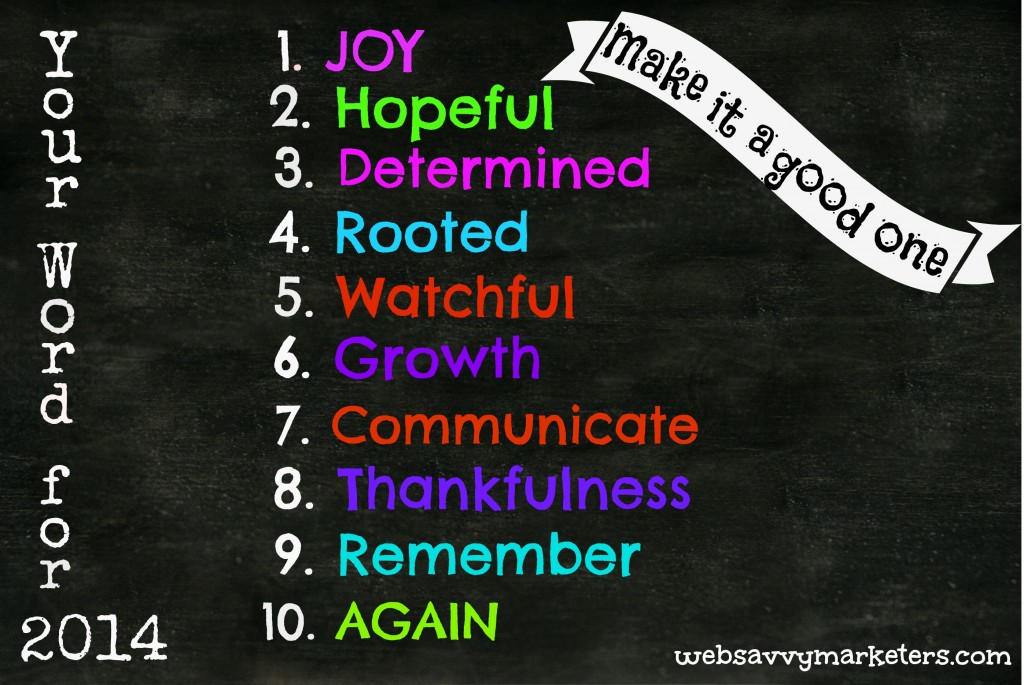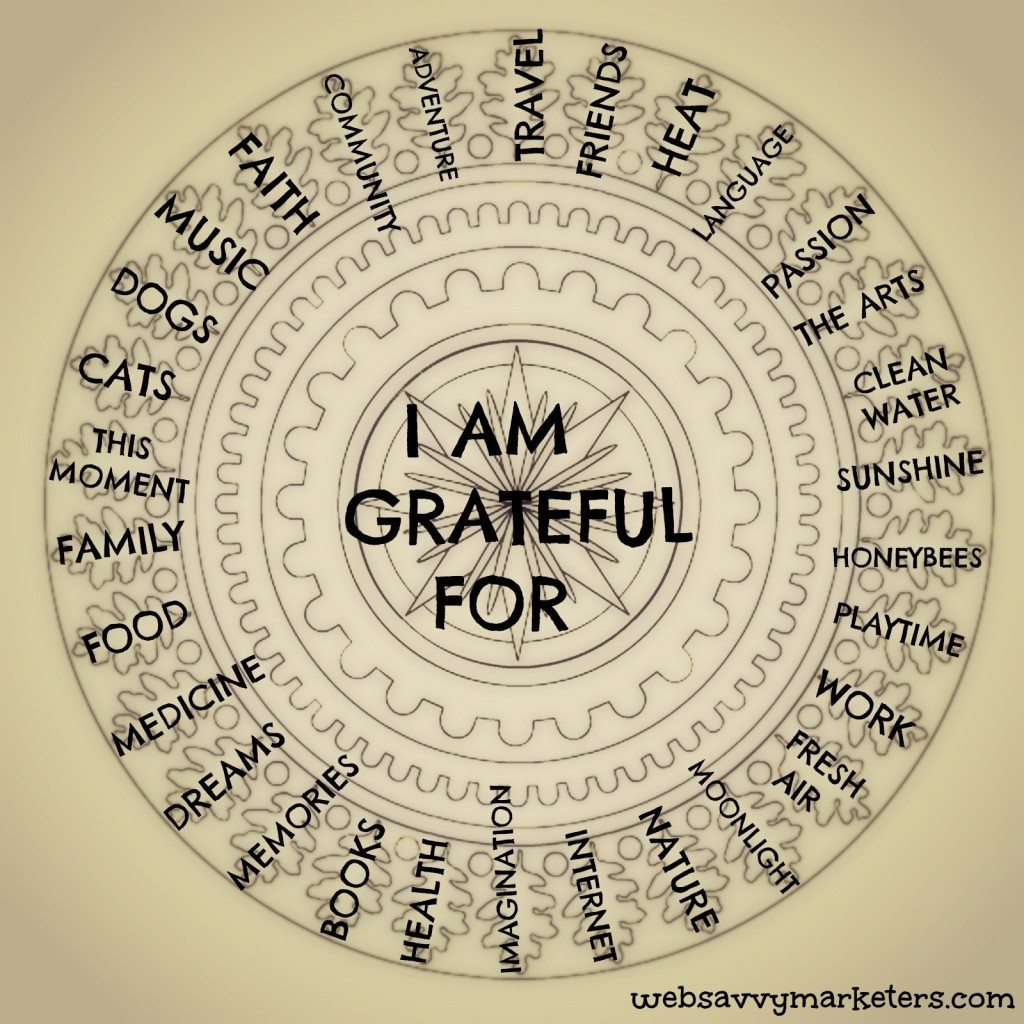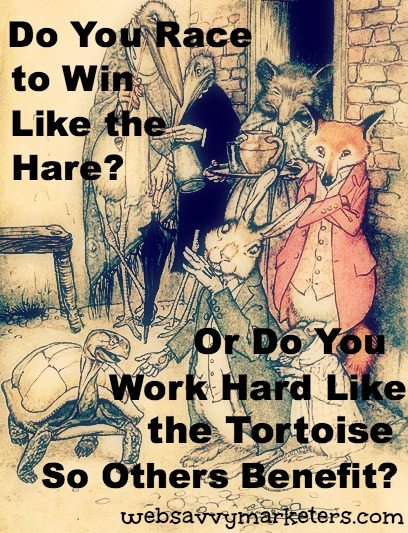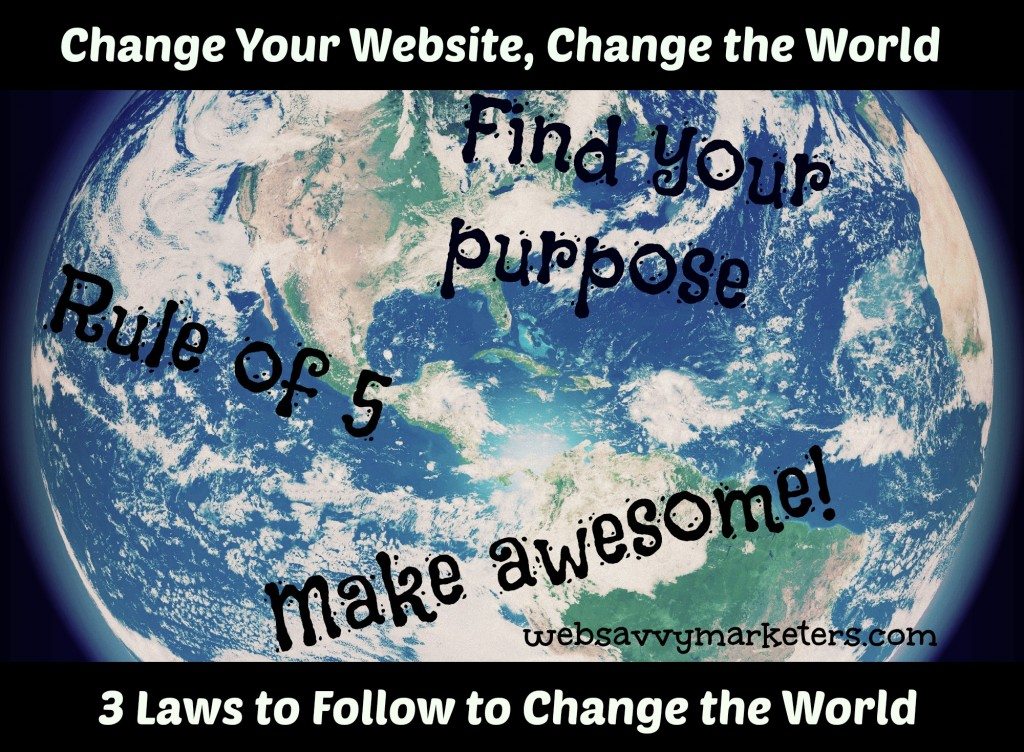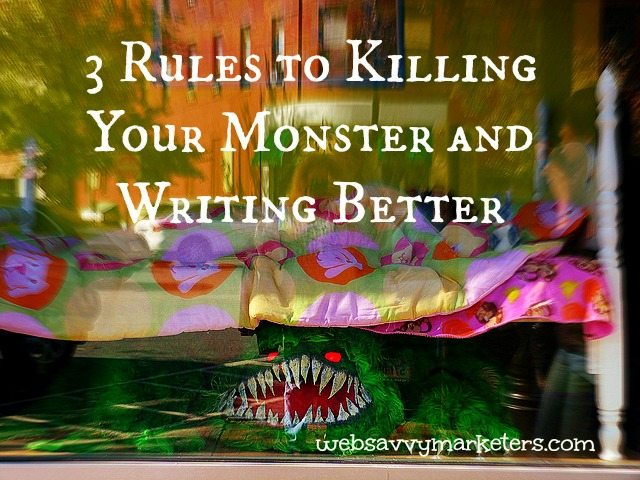Choose one word. Head into the new year with a focus on this One Word as your personal rallying cry.
One Word. 365 days. A vision.
Words hold power. Words can create movement, inspire beauty, change perspectives, liberate nations, and convey ideas.
Your One Word is a compass pointing you towards a life-changing journey. Will you take the first step and choose One Word?
3 Steps to One Word
In an NBC interview, Jon Gordon, author of One Word books, , described three steps to finding your One Word.
1. Look inward and discern your needs and desires.
2. Look upward and be open to the right word.
3. Look out and practice making it a part of your life.
One Word to Rule Them All
Forget new year’s resolutions, lists of goals, and good intentions that so often are abandoned. Choose one word and let it shape your year. Let it shape you.
Because the One Word challenge can be intimidating, look at it as a “walking marathon.” You have the whole year to walk it and work it.
As OneWord365 explains, breaking the process down into segments will help make it less overwhelming. Think of at least three categories where you can apply your One Word and how you will attempt to make an impact. Consider specific areas that you wish to work on.
My One Word is renegade: In daring to do what I fear, speaking what I believe, and keeping my thoughts positive despite the bashing that goes on around me.
Change takes commitment. It’s uncomfortable. It’s risky. But it’s how we grow.
Rewrite Your Story
The One Word process is an opportunity to rewrite your story. Seeing the vision in your One Word is like flipping through the pages of a book. Every day, for 365 days, you have the ability to write a new chapter.
I asked several people to think of their One Word for 2014. This survey included people who are writers, nurses, website designers, teachers, management, professors, and retirees, and it gives us a bigger picture of where we want to go as a group.
Their One Word often complemented their life situations and professions. Some of Your One Word choices suggest that as we grow older, we are more conscientious of choosing and not postponing joy, as well as maintaining thankfulness. When life hits us hard, we hold fast and grow rooted in our beliefs.
As a writer, it’s critical to be watchful of our surroundings. Hard pressed to meet the demands of a job, we are determined, and we work to do it again, only better.
There are needs to communicate better, plans to read more, resolves for a hopeful attitude, and desires for growth. For some, it is an impulsive and deliberate will to move forward with purpose. For others, it’s the strength gained in how we choose to remember.
Keep the Word Close
To remind you of what your word for 2014 expresses, write your word down and place it somewhere you’ll frequently see it.
 Try over the kitchen sink, on the bathroom mirror, above your desk, on your car dashboard, or next to the television. Make it your screensaver, write it with a sharpie on a coffee mug, or create a Tagxedo image.
Try over the kitchen sink, on the bathroom mirror, above your desk, on your car dashboard, or next to the television. Make it your screensaver, write it with a sharpie on a coffee mug, or create a Tagxedo image.
I know someone who wrote it in the sand and took a picture of it. Jumpstart your year by writing it on your hand, like this high school did. Create a poster at getoneword.com
Focus your attention while you expand your horizons. A single word with infinite possibilities of encouragement. With One Word before you, the story you write has the potential to change your life.
What One Word will you choose?
